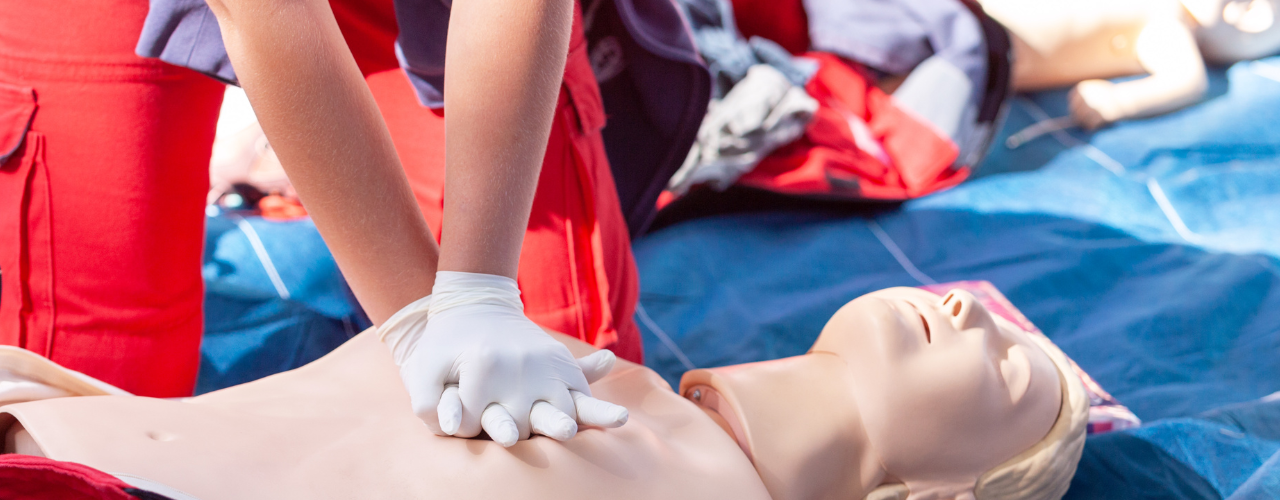Login
Your link will open in a new tab
If this has not happened, please click here
If this has not happened, please click here

In this article, our expert H&S consultant, Adam Williams, looks to discuss First Aid in the workplace and offer advice to employers.
There always seems to be some confusion or misunderstanding when it comes to first aid in the workplace. Do we need trained first aiders? How many should we have? Do we need first aid boxes?…if so how many? What should they contain?
As an employer, according to the Health and Safety first aid Regulations 2013, “An employer shall provide or ensure that there are provided such equipment and facilities as are adequate and appropriate in the circumstances for enabling first aid to be rendered to his employees if they are injured or become ill at work.”
The regulations state that employers must have adequate and appropriate equipment, facilities and personnel to ensure their employees receive immediate attention if they are injured or ill at work. The regulation also applies to businesses that employ less than 5 employees and to the self-employed.
So in essence you as an employer have to assess the needs and ensure the adequate provision is in place. This will also extend to those employees who work remotely on a regular basis. It does not necessarily mean you will need trained first aiders, however, you will need an appointed person within the organisation to oversee that first aid can and is provided when necessary.
If you assess there is significant risk, or your organisation is of a particular size then there may be necessary to have trained first aiders. The guideline suggests 1 first aider per 100 employees but this is not a hard and fast rule, as it may well depend on the level of risk and the hazards in the workplace.
When ensuring adequate and appropriate equipment and facilities, first aid boxes are required. You will also have to consider those who work remotely, either in company vehicles or who work from home and ensure these are provided.
The contents of your first aid kit should be based on your first aid needs assessment. As a guide, where work activities are low-risk (for example, desk-based work) a minimum kit might contain:
This is a suggested contents list.
If you are buying a kit look for British Standard (BS) 8599. By law, your kit doesn’t have to meet this standard but you should check it contains what you’ve identified in your needs assessment.
First aid kits may not contain prescription or over-the-counter medications such as aspirin, Ibuprofen, decongestants, sinus relief, etc. These are not first-aid items.
“Employees who require these medications are encouraged to bring them to work for their personal use“
As an employer, you have a legal duty to keep your employees safe, if you would like to discuss First aid in the workplace further or would like to understand how our team can help you keep on top of your Health and Safety, get in contact with our team of experts today.
T: 0330 107 1037
E: contact@onehrsoftware.com